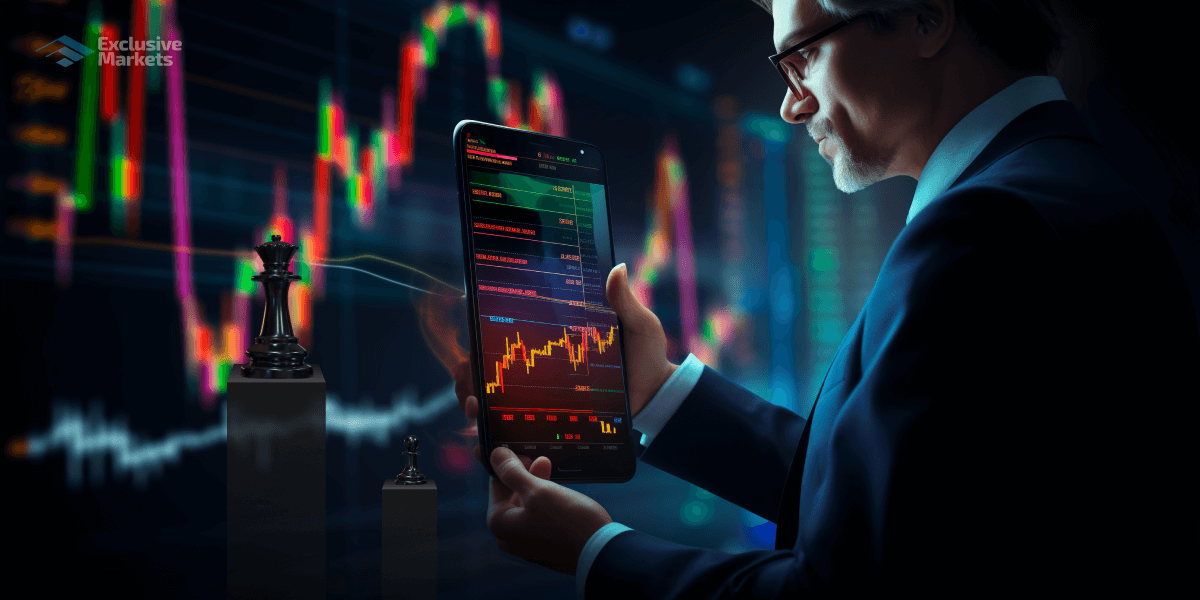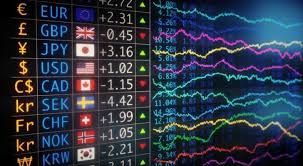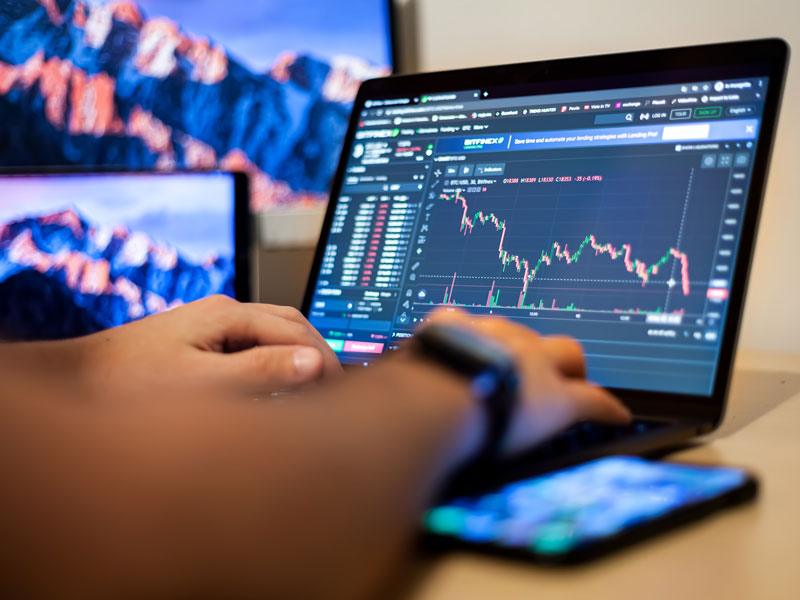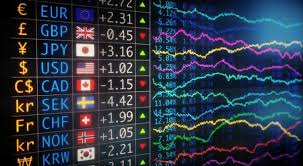Best Indicators for Forex Trading 1613411907

In the world of forex trading, having a solid strategy is essential for success. A key component of that strategy is the use of indicators. Indicators help traders make informed decisions by providing valuable insights into market trends and price movements. Whether you are a beginner or an experienced trader, understanding and utilizing the best indicators for forex trading can significantly impact your trading performance. In this article, we will delve into the most effective indicators, their uses, and how to incorporate them into your trading strategy. For those looking for a reliable trading platform, check out best indicators for forex trading Trading Platform VN.
What Are Forex Indicators?
Forex indicators are mathematical calculations based on price, volume, or open interest of a currency pair. They are primarily used to forecast future market movements and assist traders in making more informed decisions. Indicators can be broadly classified into two categories: lagging indicators and leading indicators. Lagging indicators are based on historical data and are typically used to confirm trends, while leading indicators attempt to predict future price movements.
Why Use Indicators in Forex Trading?
The use of indicators in forex trading serves multiple purposes:
- Timing Trades: Indicators help traders determine the optimal entry and exit points for their trades.
- Identifying Trends: They provide valuable insights into overall market direction, allowing traders to follow trends rather than fight against them.
- Reducing Emotional Trading: By relying on data-driven indicators, traders can minimize impulsive decisions caused by emotions.
- Risk Management: Indicators can assist in setting stop-loss and take-profit levels, helping to manage risk effectively.
The Best Indicators for Forex Trading
1. Moving Averages (MA)
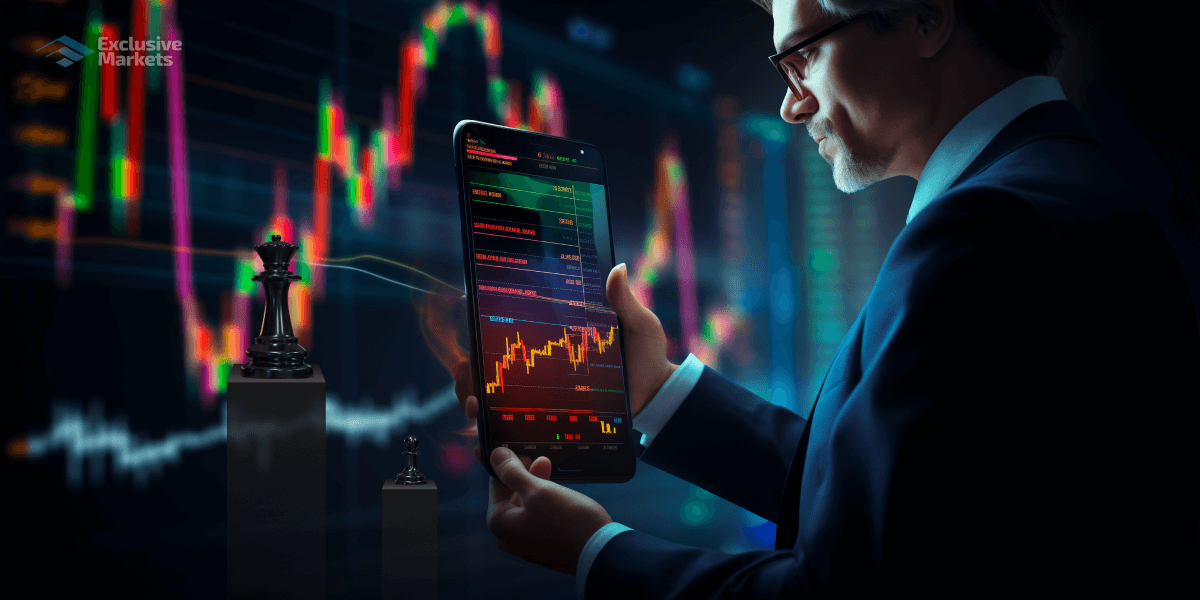
Moving Averages are among the most commonly used indicators in forex trading. They help smooth out price data to identify trends over a specific period. There are two primary types:
- SMA (Simple Moving Average): Calculates the average price over a set period.
- EMA (Exponential Moving Average): Gives more weight to recent prices, making it more responsive to new information.
Traders often use crossovers between different moving averages (e.g., a short-term MA crossing above a long-term MA) as signals to enter or exit trades.
2. Relative Strength Index (RSI)
The Relative Strength Index (RSI) is a momentum oscillator that measures the speed and change of price movements. It ranges from 0 to 100 and is typically used to identify overbought or oversold conditions. An RSI above 70 indicates overbought conditions, while an RSI below 30 suggests oversold conditions. This can guide traders in decision-making, particularly in spotting potential reversals.
3. Moving Average Convergence Divergence (MACD)
The MACD is a trend-following momentum indicator that shows the relationship between two moving averages of a security’s price. It consists of the MACD line, signal line, and histogram. Traders look for crossovers between the MACD line and the signal line to identify potential buy or sell signals. The MACD histogram can also indicate the strength of a trend.
4. Bollinger Bands
Bollinger Bands consist of a middle band (SMA) and two outer bands that represent standard deviations from the SMA. They expand and contract based on market volatility. A price touching or exceeding the outer bands can signal overbought or oversold conditions, while a squeeze (narrowing of the bands) suggests upcoming volatility.
5. Stochastic Oscillator

The Stochastic Oscillator compares a particular closing price of a currency pair to a range of its prices over a specific period. The result is a value between 0 and 100. Like the RSI, it is used to identify overbought and oversold levels, typically set at 80 and 20, respectively. Traders look for divergences between the stochastic indicator and price trends as potential signals for reversals.
6. Average True Range (ATR)
The Average True Range (ATR) measures market volatility by decomposing the entire range of an asset price for that period. It does not indicate the direction of price movement, but rather its volatility. Traders can use ATR to set more effective stop-loss orders and to gauge market conditions.
7. Fibonacci Retracement
Fibonacci retracement levels are horizontal lines that indicate potential support or resistance levels based on the Fibonacci sequence. Traders use these levels to identify potential reversal points in the market. To implement this indicator, traders identify the high and low points of a currency pair and apply the Fibonacci levels.
How to Choose the Right Indicators
Choosing the right indicators depends largely on your trading style and goals. Here are some tips to help you select the most appropriate indicators for your strategy:
- Understand Your Trading Style: Scalpers might prefer faster indicators like the RSI or moving averages, while long-term traders may rely more on trend indicators like MACD.
- Combine Indicators: Using complementary indicators can provide more confirmation and reduce false signals. For example, pairing trend indicators with momentum indicators can be effective.
- Backtest Your Strategy: Before implementing any indicator in live trading, backtest it with historical data to ensure its effectiveness.
Conclusion
Indicators play a crucial role in forex trading by providing insights that can enhance trading strategies. While no indicator is foolproof, using a combination of the best indicators can increase the likelihood of making profitable trades. Always remember to use indicators in conjunction with sound risk management practices and personal judgment to create a balanced and effective trading strategy. As you explore the vast world of forex trading, continually educate yourself about the best tools and practices to maximize your success!

